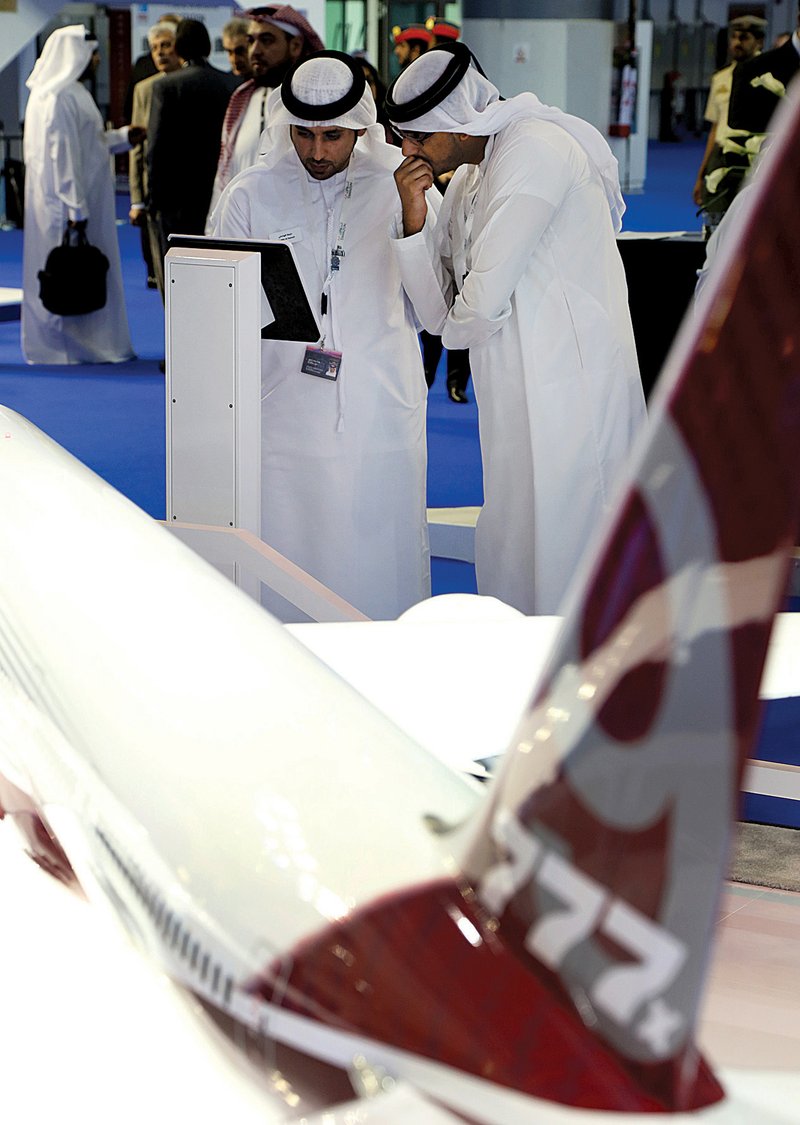NORTH CHARLESTON, S.C. - It’s the only city outside Renton and Everett, Wash., where new Boeing passenger jets roll off the assembly line. Yet North Charleston has appeared more an onlooker than a player in the fast-moving 777X drama.
Within hours after Puget Sound-area machinists union workers rejected Boeing’s November contract offer, South Carolina Gov. Nikki Haley contacted the company to pitch North Charleston, which already produces the 787 Dreamliner, as an alternative site.
But then she and other state officials played coy about whether Boeing had invited them to make an official bid. (It had.) They’ve refused to confirm publicly that the state had submitted an incentive package and have offered no details.
Nonetheless, Boeing’s East Coast outpost is set to grow, with or without the 777X.
The North Charleston factory is operating at full speed with three shifts. Boeing plans to add 2,000 workers there by 2020, for which South Carolina agreed to pony up $120 million, borrowed through bond sales, to offset the company’s cost for acquiring and improving land for expansion.
It’s been a heady transformation for a state where Boeing didn’t have a toehold until five years ago. The 2011 opening of the North Charleston plant turned what had been a regional retail mecca into an aerospace town. Shoppers at the Tanger Outlets mall are unfazed by bulbous 747-400 Dreamlifters buzzing past, ferrying parts to Boeing’s 265-acrecampus at Charleston International Airport.
Boeing’s workforce has swelled to 6,000, some recruited from as far away as Everett; Huntsville, Ala.; San Antonio; and Orlando, Fla.
But the South Carolina employees’ relative inexperience has been a costly headache for Boeing. The one final-assembly line in North Charleston is struggling to meet a previously set target of three jets a month. It has delivered just 12 planes so far this year, compared with 47 for the two 787 assembly lines in Everett.
Still, North Charleston Mayor Keith Summey believes that his city and Boeing will prosper in tandem, noting South Carolina’s hospitable business culture.
Summey said he does not know whether Boeing will make good on its threat to take the 777X project out of the Puget Sound area after being rebuffed by the machinists. But he does not blame the company for looking elsewhere.
“Boeing’s first responsibility is to the shareholders,” Summey said. “The loyalty factor is a two-way street.”
South Carolina is a right to-work state, which means employees can’t be required to join a union or to pay dues even if the company is unionized. Fewer than 5 percent of South Carolina workers belong to organized labor, and strikes are rare.
Employees there say Boeing pays decent, but not great, money.
One worker who does wiring in the wheel well was hired three years ago at $14 an hour. He now makes $17.80 an hour.
That’s not much below what newer hires would earn for the same job in the Puget Sound area.
The Washington machinists’ contract for a Grade 4 position starts at $15 an hour and rises by more than a dollar each year. But after six years, the contract pay scale - which skews in favor of seniority - jumps to $36.89 an hour.
North Charleston workers join and integrate the Dreamliner’s rear and middle fuselage. The completed body sections are moved one building over to the North Charleston final-assembly line or flown to Everett.
Boeing recently broke ground on a plant to design and assemble engine inlets for the 737 MAX that will be built in Renton. Nearby, in the Palmetto Commerce Park, Boeing has an interiors center to make bins and other cabin parts for the 787.
Next year, Boeing will build an on-site paint facility so finished Dreamliners won’t need to be flown to Fort Worth for a final coat before delivery to customers in North Charleston.
Boeing relies heavily on air transport to ferry parts. For instance, the 787’s carbon composite wings are flown from Japan, and its forward fuselages arrive aboard the Dreamlifter cargo plane from Wichita, Kan.
For the 777X, the company has specified a direct rail spur to the plant as a must, and a nearby seaport as a preference. Charleston has a deep water harbor that leads to the Atlantic Ocean. The city is served by the CSX and Norfolk Southern railroads.
But no rail spur connects to the Boeing plant, and it’s 7 miles to the North Charleston terminal and the docks on the Cooper River.
On Friday, a long-sought acquisition of 267 acres surrounding the current 787 campus was sealed. Palmetto Railways, an arm of the South Carolina Commerce Department, bought it from the local airport authority for $13.8 million for Boeing’s use. The state also tapped public bonds to acquire two patches of private land totaling 201 acres for long-term lease to Boeing.
The company will get a purchase option on the combined 468 acres in 2027, which would triple its current footprint. Should it need more room, the airport authority has 488 more acres nearby.
In all, Boeing could gain access to more than 1,200 acres. What the jet-maker has planned for all that dirt, it won’t say.
Business, Pages 27 on 12/25/2013
